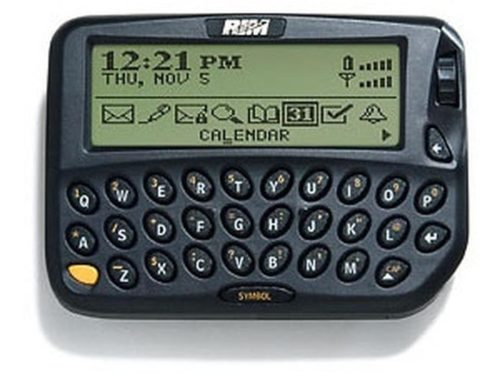Here’s an interesting question to ponder: what aspects of normal life today will future generations look back upon as moral failures on our part, much as we look back upon things like slavery in the past?
The list is, sadly, probably quite long, as we don’t seem to learn the lessons of history particularly well. As a young Jew attending Hebrew school, I was shown more Holocaust films than I can count, yet I’ve taken essentially zero action to help prevent the wholesale slaughter of nearly a half million people in Syria in the past few years.
Recently, I’ve been studying up on the effective altruism movement, and thinking about things I can do – small and large – that would positively impact the world. And while I have a number of other ideas brewing, I wanted to share at least two small things I’m going to try to do differently in 2017:
First, I’m going to eat only humanely-raised animals (and only eggs from humane egg farms).
Second, I’m going to eat less chicken, and more beef instead.
For over a decade, I’ve followed – albeit rather loosely at times – a Paleo / ancestral approach to diet. Meat plays a part in that diet (though, often, a smaller one than a caricature of the approach might imply). So inherent in my diet is killing animals.
While I’ve considered becoming a vegetarian for ethical reasons, I don’t believe that diet is optimally healthy. Nor do I believe, for most people, that it’s sustainable. After 18 months, about 85% of vegetarians and vegans return to eating meat, which is why the percentage of vegetarians in the US has held steady at about 5% for the past thirty years.
But I do think that, if I’m going to eat meat, I should do it in a way that kills as few animals as possible, and that leads to those animals being raised in the kindest way possible.
While most packaged food descriptions are so loosely regulated and third-party verified that they’re essentially meaningless (e.g., ‘natural,’ ‘free range,’ or ‘humanely raised’), a number of independent organizations now exist to ensure that animals raised in farms that achieve their designations live much better lives. In particular, the Animal Welfare Approved, Certified Humane, and Global Animal Partnership (especially with ratings of 4, 5, or 5+) are now fairly widely available, and hold farms to very high standards. Yes, these animals are also killed, but, as rancher / activist Joel Salatin puts it, they get to live good, healthy lives in accordance with their animal nature, and then have one very bad day.
Or consider eggs. In factory farms, chickens are painfully de-beaked, then confined in cages and filthy, overcrowded barns. Conversely, a producer like Nellie’s Free Range Eggs (which earns a Certified Humane rating) has no cages anywhere, ample space in clean, well-ventilated barns, high quality feed without hormones or antibiotics, gentle handling, and much greater full-time access to the outdoors and grass. A dozen Nellie’s eggs at my local grocery store costs about a dollar twenty more than factory-farmed eggs. And, in short, I’d rather eat a few eggs less each week from a producer like Nellies than use my dollars to support animal cruelty for a few more.
Secondly, as I said above, I’m going to try to eat less chicken, and more (humanely-raised) beef. The reason is simple: you have to kill many, many more chickens to get the same amount of meat as you get from a single cow. In fact, the beef from a single steer is equal to about 200-250 chickens. Which means that, simply by switching from chicken to beef, in a year of my standard meat consumption, I can be responsible for a single death, rather than several hundred.
Additionally, by choosing grass-fed beef, I can get healthier food (the high omega-3’s of grass-fed beef fat are far healthier than the omega-6 laden fat in chickens or grain-fed beef), and help the environment (as, due to carbon sequestration by the grass in areas they fertilize as they graze, grass-fed cows are carbon-neutral, whereas methane emission from factory-farmed animals account for some 10-15% of all carbon increases annually).
Here, too, grass fed beef costs more. But, again, I’d rather eat less of something I can feel good about, rather than simply default to supporting something terrible with my dollars and then trying not to think about it too much.
Sure, it’s not helping slaves escape by the underground railroad, or hiding Jews during the Holocaust. But it’s something small I can do, day in and day out, that helps make the kind of change I want to see in today’s world, and that I think future generations will look back on with respect.

